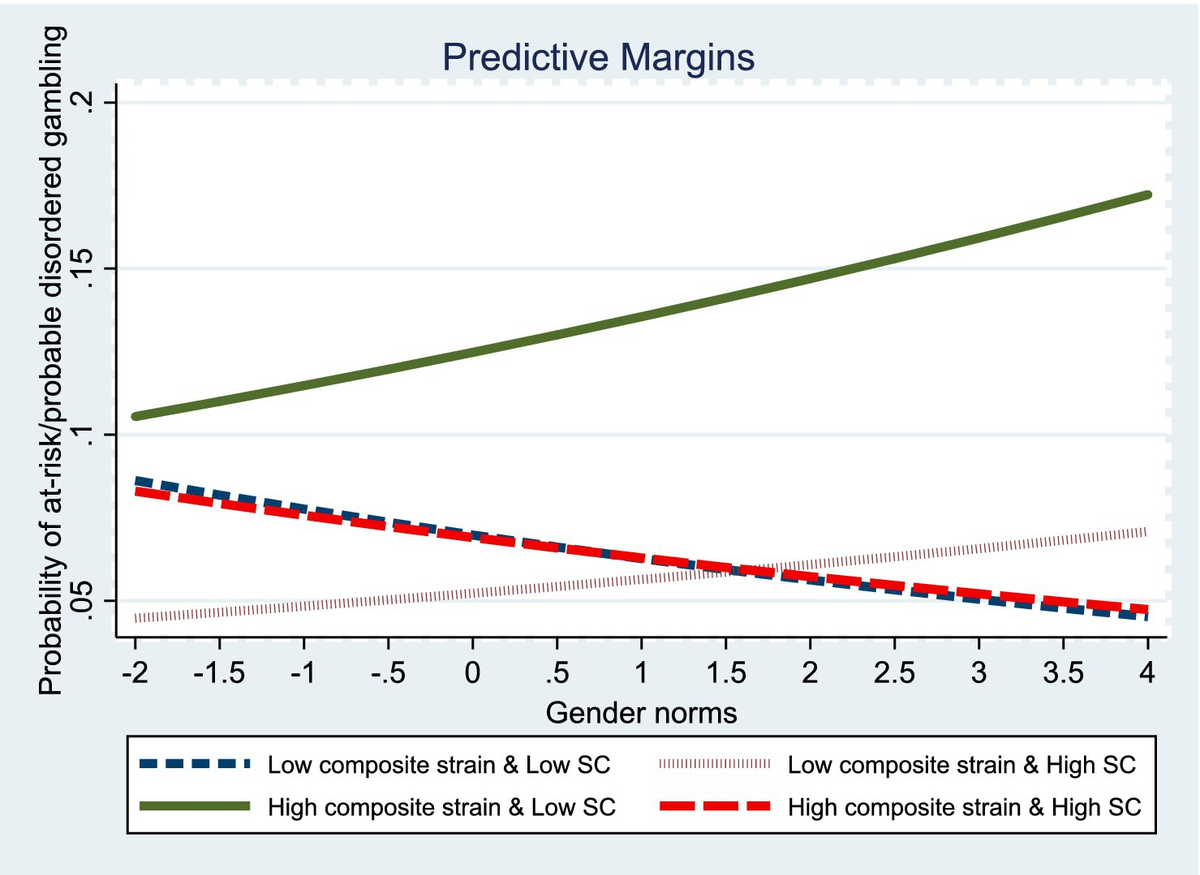Okay, let’s be clear right from the start. This isn’t a pitch to go empty your bank account on a long-shot parlay. Gambling addiction is a serious, devastating issue. But if we strip away the flashing lights and the emotional chaos of the casino floor, the core mechanics of placing a bet are, well, a fascinating and brutal microcosm of financial decision-making.
Think about it. You’re allocating limited capital (your bankroll) towards an uncertain future outcome, weighing potential rewards against probable risks. Sound familiar? It should. It’s the same fundamental dance you do when choosing a stock, investing in your education, or even starting a business. The stakes are just… different.
The Psychology of the Wager: More Than Just Luck
Anyone who’s ever placed a bet knows the feeling. That gut-clench when your team is down. The surge of dopamine when a pick hits. This emotional rollercoaster is, honestly, the first and most powerful lesson. It holds up a mirror to your own psychology around money.
Are you the type to chase losses, throwing good money after bad hoping to break even? Or do you get greedy after a win, abandoning your strategy because you feel “hot”? These are not gambling-specific traits. They are the exact same impulses that lead investors to panic-sell during a market dip or pour life savings into a speculative crypto bubble because of FOMO.
Key Psychological Biases You’ll Confront:
- Loss Aversion: The pain of losing $100 feels far more intense than the pleasure of gaining $100. This can paralyze rational decision-making.
- Confirmation Bias: You only seek out information that supports the bet you want to make, ignoring glaring red flags.
- The Gambler’s Fallacy: Believing that past random events influence future ones. “The coin has landed on heads five times, so tails is due!” Nope. Each flip is a 50/50 proposition, just like each trade or investment stands on its own merits.
Bankroll Management: The Bedrock of Financial Stability
Here’s where the real learning happens. Any semi-serious bettor will tell you the secret isn’t picking winners—it’s managing your money. They call it “bankroll management,” but you can just call it “not going broke.”
The golden rule? Never bet more than you can afford to lose. It’s cliché because it’s true. This is Personal Finance 101. You allocate a specific, small percentage of your total capital to any single wager. Maybe it’s 1%, maybe it’s 5%. This strict discipline ensures that a string of losses won’t wipe you out. It forces you to think in terms of percentages and long-term sustainability rather than raw dollar amounts.
This is a direct parallel to building a diversified investment portfolio. You wouldn’t put your entire nest egg into one single stock, right? That’s just insane risk. You spread it across asset classes—stocks, bonds, real estate—to mitigate overall risk. A bettor’s bankroll is their own personal portfolio, and each wager is a single asset. The principle is identical.
Understanding Value and Expected Return
This is the advanced class. Successful betting isn’t about who you think will win; it’s about finding discrepancies between the probability implied by the odds and the actual probability of an event occurring. This is called finding “positive expected value” or +EV.
Let’s say a coin toss is offered at odds of 2.1 (or +110 in American odds). The true probability is 50%, so the fair odds should be 2.0. But at 2.1, you have a mathematical edge over time. You’re not betting on heads or tails; you’re betting that the odds are in your favor. It’s a bet on the market itself being wrong.
This is the essence of value investing. Warren Buffett doesn’t just buy companies he likes; he buys wonderful companies when they are undervalued by the market. He’s searching for +EV in the stock market. He’s making a calculated bet that the market’s current price does not reflect the company’s true long-term worth.
| Concept | In Betting Terms | In Financial Terms |
| Capital Allocation | Bankroll | Investment Capital |
| Risk Management | Betting Unit (e.g., 1% of bankroll) | Position Sizing |
| Market Analysis | Handicapping / Researching Teams | Fundamental & Technical Analysis |
| Goal | Finding +EV Bets | Finding Undervalued Assets |
| Outcome | Long-Term Profit | Long-Term Wealth Creation |
A Word of Extreme Caution: The House Always Has an Edge
We have to hit pause here. This entire analogy has a massive, glaring caveat. The financial markets, for all their flaws, are not inherently designed for you to lose. Over the long term, the stock market has historically trended upward. Betting markets, however, are explicitly engineered with a “vig” or “juice”—the house edge—that ensures the operator profits over time.
This means that for the recreational bettor, the expected value is almost always negative. The lesson here is about fee awareness. Those management fees on your index fund? The transaction costs on your trades? They’re the “house edge” of the investing world. They quietly eat away at your returns, making the climb toward profitability that much steeper. Betting teaches you to be acutely aware of these costs, because they are immediately and painfully obvious.
The Final Takeaway: A Sandbox for Risk
So, can betting be a tool for financial education? In a very controlled, theoretical sense, sure. It’s a high-stakes, high-emotion sandbox where the abstract concepts of risk, probability, and emotional control become terrifyingly concrete. The lessons it teaches about bankroll management, emotional discipline, and searching for value are undeniably transferable.
But it’s a dangerous teacher. The cost of tuition is real money and potential addiction. Perhaps the greatest lesson it offers is one of self-awareness—holding that mirror up to your own financial psychology and seeing what stares back. Because whether you’re looking at a betting slip or a brokerage statement, the most important asset you’re managing isn’t your money. It’s you.





